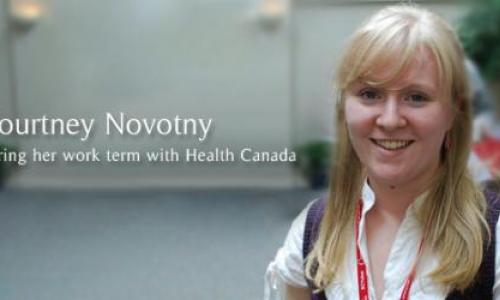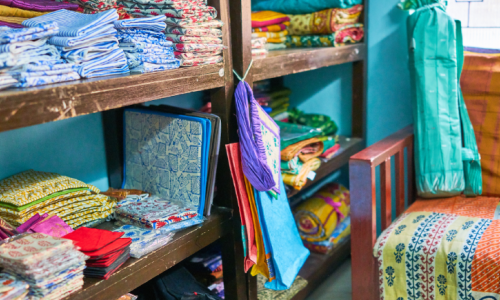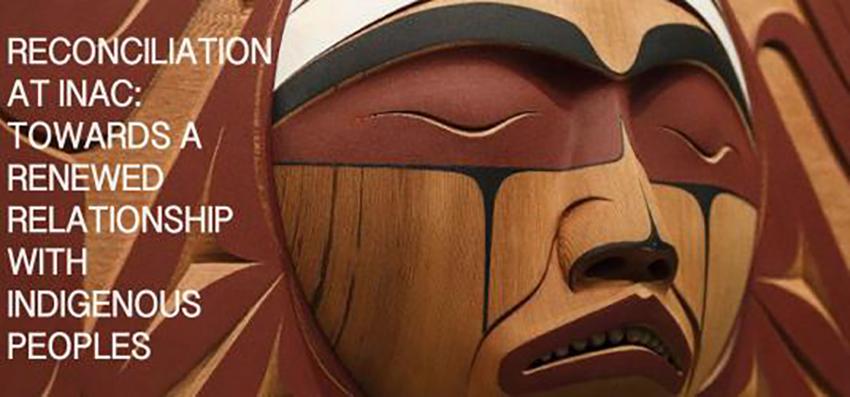
Working for Indigenous and Northern Affairs Canada (INAC) has been a growth experience in both a personal and professional sense. I was seeking my second co-op placement with a prior four-month private-sector position under my belt when a posting for a Junior Communications Officer in downtown Vancouver caught my interest. As someone who has always been passionately engaged with both political and social issues, a job with INAC checked two very important boxes. Little did I know that over the course of a year, it would teach me much more than I could have ever expected.
In a country of so much wealth, it is a shocking reality that many Indigenous communities are experiencing conditions similar to that of developing countries, such as unsafe drinking water and inadequate housing. After participating in a number of international volunteer retreats to countries such as Ethiopia, El Salvador and Thailand, I wanted to turn my efforts and attention closer to home. Working for INAC has been a direct way of getting involved with serious social issues that, through a history of colonialism, continue to implicate me as a Canadian and non-Indigenous person. Having closely followed the election of Justin Trudeau’s Liberal Government and its emphasis on a renewed relationship with Indigenous peoples, it has been a very interesting and relevant time to begin working for INAC.
One of my key tasks at INAC includes spending time every morning scanning numerous news media and social media sources for the latest Indigenous-related stories and reactions. It has been exciting and fascinating to witness positive moves being made in the effort to advance reconciliation, and to follow the progress of these initiatives; for example, the announcement of the National Inquiry into Missing and Murdered Indigenous Women and Girls. I have also been here in the wake of more controversial decisions, such as Prime Minister Justin Trudeau’s approval of the Kinder Morgan Pipeline Expansion Project. When announcements like these are made, my colleagues will be busy writing media lines and official statements in preparation for inquiries by media. I do media scans—compiling and summarizing the conversations being had in the news and on social media—for upper-management to follow. As a federal government employee, I now have a hand in the behind-the-scenes processes of current events coverage.
Working in the public sector is something that I have never experienced before. Although working as a Junior Communications Officer does not specifically require an understanding of politics or policies, I have become more aware of these from team meetings, my colleagues, and particularly from conducting daily media scans. Though the position still involves a relatively steep learning curve, it is highlighted by the wonderful colleagues that offer support and encouragement throughout.
Other parts of the position, however, feel quite familiar, as many of the tasks are similar to those performed during my previous private-sector position. The work largely includes creative assignments: drafting communications plans; writing social media posts; writing newsletter articles; and developing any necessary communications pieces for internal or external events. With the role’s heavy emphasis on writing, I have learned to do so in clear, straightforward language that makes government content accessible to many audiences. I have also been able to develop some of my technical abilities through practice with, for example, basic HTML and Adobe Creative Suite, which was one of my co-op learning objectives.
Over the course of this past year, there have been numerous events, learning activities, and training opportunities that I am lucky to have been a part of. Two were of particular significance to me. The first was an internal meeting focused on reconciliation and advancing the relationship between Indigenous and non-Indigenous peoples, both at work and in our personal lives. A powerful speaker shared a very personal story of her experience growing up with parents traumatized from their time at residential school. Her words were a reminder of the work that public servants are there to do, and the people they work for. It was also homage to the pride and resilience of Indigenous cultures and peoples. The message was that INAC staff should try to be ambassadors and educators to those around us about the circumstances that Indigenous peoples face and are working to overcome.
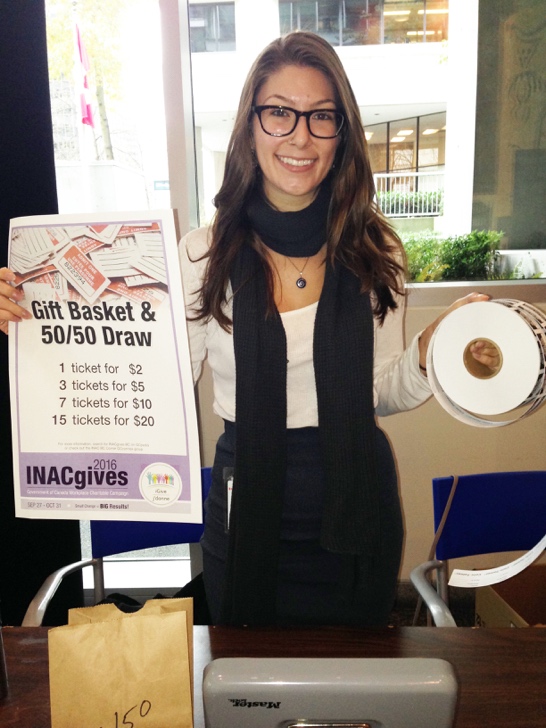
Tangible examples of ways that non-Indigenous people in particular can be ambassadors include having an open dialogue with family and friends regarding Indigenous issues; becoming educated on Canada’s colonial history, which includes historical tragedies such as residential schools and the 60s Scoop; reading the Truth and Reconciliation Commission’s (TRC) 94 Calls to Action; familiarizing ourselves with the United Nations Declaration on the Rights of Indigenous Peoples (UNDRIP); enrolling in, for example, SFU’s Indigenous-studies courses; and following Indigenous stories in the news. Perhaps more important, however, is the need for a general shift in Canadian public consciousness to one that recognizes, considers, and respects the perspectives of Indigenous peoples—which have otherwise been largely excluded from the dominant narrative. This effort takes genuine honesty and courage on the part of Indigenous and non-Indigenous peoples alike to understand historical and current circumstances in a way that is inclusive of everyone. Without this, true reconciliation will not be possible.
The second event of significance to me was the BC Joint Gathering 2017, an annual three-day gathering involving BC First Nation Chiefs, youth, delegates, and government personnel. It is an opportunity for engagement on important issues affecting First Nations. This year, over 355 First Nation delegates attended. Over the course of the three days, I was responsible for posting photos to social media and maintaining the ‘Tweetbeam’ wall, a live-feed display of participants’ social media posts about the event.
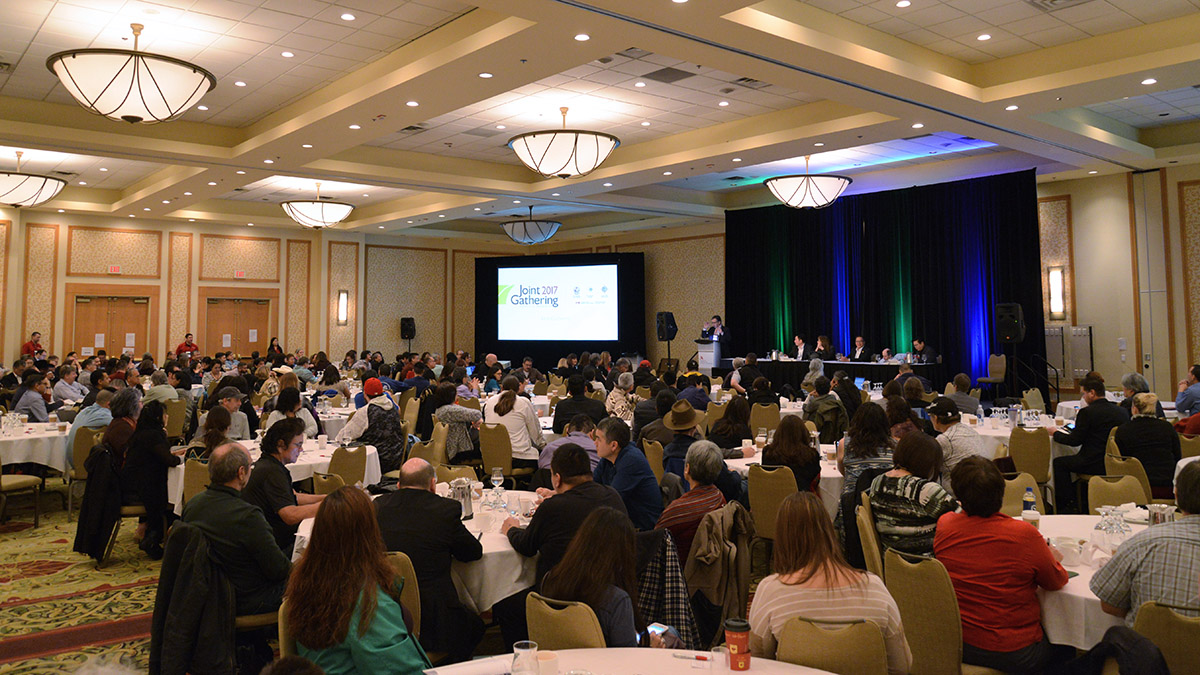
The personal element and First Nations’ perspective of BC Joint Gathering 2017 were very inspiring, as were the one-on-one conversations with delegates. I felt so much gratitude and respect when witnessing the beauty of customs such as prayers and speeches recited in First Nation languages, cleansing rituals, and drumming. It made me sad to think that these rich traditions were nearly extinguished, yet hopeful that out of resilience they have persisted and continue to be revived. Sharply humanizing moments such as these brought connection and meaning to the BC Joint Gathering 2017, and to the broader importance of reconciliation.
Rewarding and challenging, my time as a Junior Communications Officer at INAC has made me grapple with heavy, but very important and necessary issues. Simultaneously, it has brought a sense of purpose to the work that I do and that I also try to emulate in my personal life. Although this position includes heavy subject-matter and at times complicated feelings for me as a non-Indigenous person, I believe that all Canadians must become educated about historical wrongs which are largely responsible for the current circumstances facing Indigenous peoples. I also strongly believe that reconciliation requires a collaborative effort on the part of Indigenous and non-Indigenous peoples alike. I have started the process of this within my own life, and, as I have shared, my experiences at INAC have played a significant role. I look forward to where it will continue to lead me in this personal and professional evolution.









